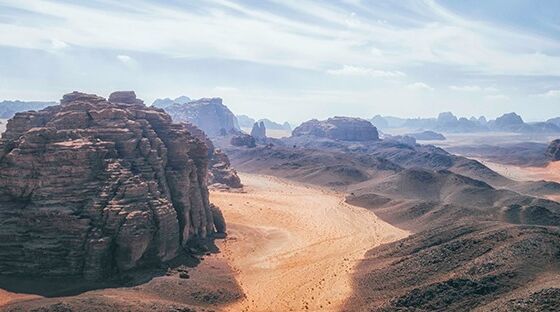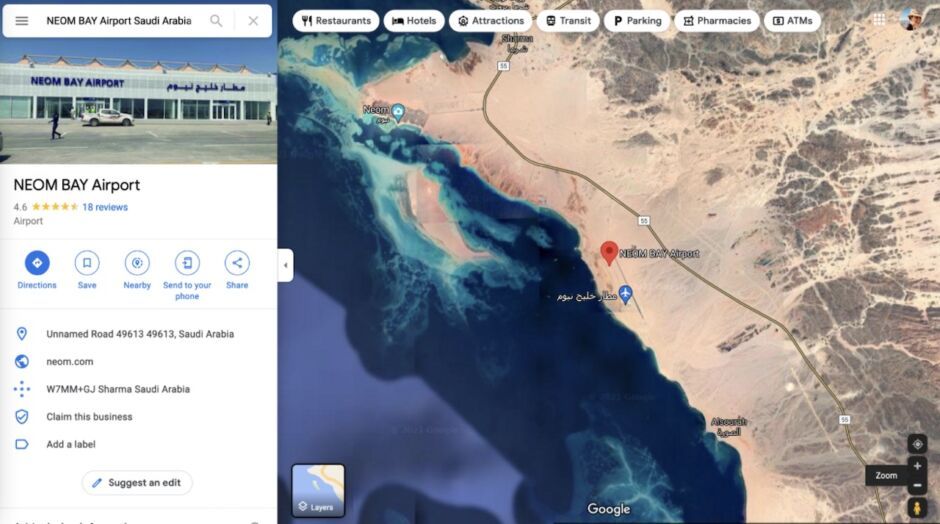For followers of tech blogs, sustainable design, and futuristic thinking, the term “NEOM” and “The Line” are by now familiar. Outside those circles, NEOM is not yet a household name. The term signifies a new, futuristic plan for a city, built to the highest standards of sustainability and convenience. It’s forward-thinking, controversial, and in the broad history of cities, is far beyond the scope of anything that has been done before.
NEOM, an acronym for “new future,” is garnering increased publicity due to its concept as the ultimate “smart city.” But if you’re like most of us, even if you’ve heard the term, you may not fully grasp what NEOM is all about. Let’s cover the basics of what NEOM is, where NEOM is, and when NEOM will be complete.

